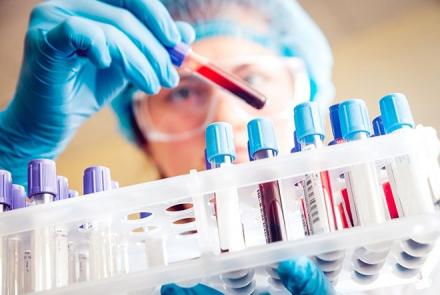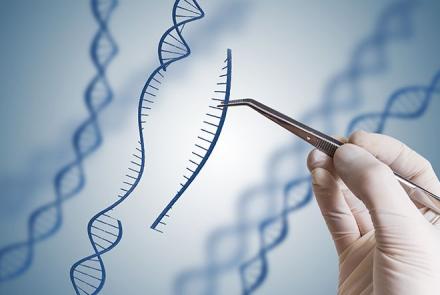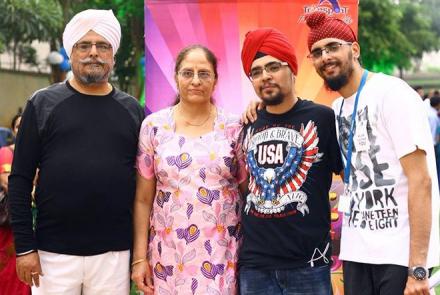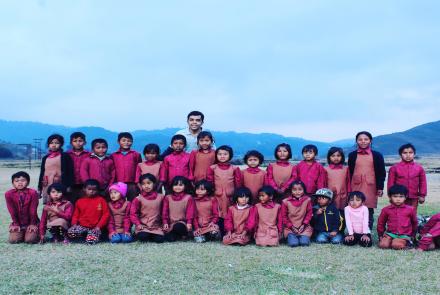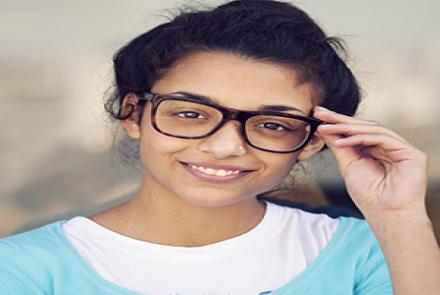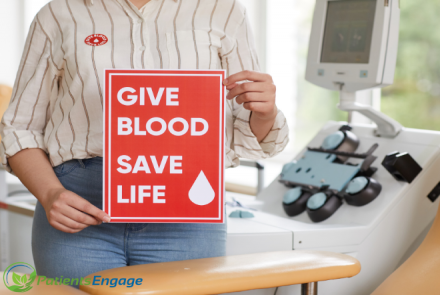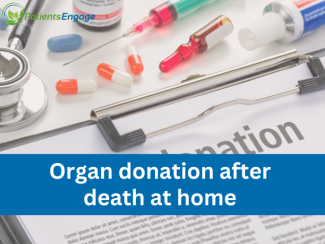
A simple health check up for Thalassaemia carrier status before starting a family can save your child from becoming a patient of Thalassaemia Major, unending cycle of injections, suffering and misery, says haematologist Dr Mamta Manglani.
What is Thalassaemia?
Thalassemia syndromes are a group of genetic haemoglobin disorders. The haemoglobin molecule is abnormal and therefore, does not allow the red blood cell to survive for its life span, leading to anemia in these children.
What are the types of Thalassaemia?
Thalassemia, commonly, β thalassemia, occurs when the gene for β globin chains of the haemoglobin molecule is defective. There are 2 genes in all of us for β globin chains. If one is defective, the condition is called thalassemia minor and this is a benign state with no symptoms or problems in the individual. But if both genes are defective, then it is known to cause homozygous state i.e. Thalassemia Major or Intermedia.
Thalassemia Major is a severe disorder, wherein, the child is healthy until about 6 to 8 months of life. After which, s/he develops anaemia, enlargement of liver and spleen, haemolytic facies (changes in the facial bones), and requires red blood cell transfusions to sustain life.
Thalassemia Intermedia, on the other hand, though also has both genes defective, is relatively less severe and may not get diagnosed until 2 to 3 years of age, may not require transfusions or may require occasional transfusions, but may have many other complications.
What is the prevalence of Thalassaemia in India?
In India alone, there are atleast 10,000 children born with Thalassemia Major each year. If we look at an average lifespan of 30 years for an individual with thalassaemic major, then we have a cumulative figure of over 3-4 lakh individuals. The prevalence of thalassemia carrier status is about 3 to 18 % in our population. The total estimated no. of carriers is about 20 to 30 millions.
When is an individual at risk of getting Thalassaemia?
An individual is at risk of having thalassemia major if both the parents are thalassemia minor or carriers or traits.
How is Thalassaemia diagnosed?
Thalassemia Major: This is suspected in those children who present with reduced haemoglobin by 6 to 8 months of age and have enlarged liver and spleen and belong to a high risk community for thalassaemia. It is then confirmed by performing a blood test called HPLC (High Pressure Liquid Chromatography) in the child as well as parents. Raised Fetal haemoglobin (HbF) is the hallmark of diagnosis along with elevated HbA2 levels in the parents, who are carriers. Genetic or molecular testing also can be done to identify the exact mutations/defects in the genes.
Thalassemia Intermedia: This presents later, by 2 to 3 years of life with anemia and enlared liver and spleen along with significant facial bone prominences (Hemolytic facies). The tests done are the same as in Thalassemia Major.
Thalassemia Minor: This is diagnosed again by the same blood test i.e. HPLC and is confirmed if HbA2 levels are elevated.
What are the symptoms of Thalassaemia?
Children with Thalassemia Major generally present by 6 months of age with failure to thrive, not gaining weight, irritability, not feeding well and looking pale. They would be significantly anaemic on examination with enlarged liver and spleen. Thalassemia Intermedia manifests later at about 2 to 3 years of age and have similar symptoms and signs except that the anaemia is less severe.
However, one must remember that people with Thalassemia Minor do not have any symptoms – they are absolutely healthy and normal looking individuals. They can only be diagnosed by the blood test.
What are the treatment options for Thalassaemia?
All children with thalassemia Major need regular 2 to 3 weekly packed red cell transfusions for their survival. Along with transfusions, they also require iron chelation therapy to remove the excess iron which accumulates from the red cell transfusions in the body. The only curative option is Hematopoietic Stem Cell Transplantation (HSCT) from a HLA-matched sibling donor or matched unrelated donor.
What are the possible complications from treatments of Thalassaemia?
Besides, they need monitoring for complications of iron overload despite chelation. These include endocrine diseases such as diabetes mellitus, growth retardation, thyroid abnormalities and delayed puberty. Bone disease i.e. osteoporosis soon sets in if they are not monitored and treated early for the same. They also have deposition of iron in the heart, which needs special attention and monitoring.
Transfusion transmitted infections is always a threat and annual monitoring for HIV, Hepatitis B & C needs to be done, and if found positive, they require specific treatment for the same.
How can Thalassaemia be prevented?
Birth of Thalassaemia Major children can only be prevented by knowing the thalassemia status of the parents before the child is conceived. If both parents test positive for the carrier state, they need to be counselled for prenatal diagnosis in the first trimester of pregnancy to know whether the index fetus is affected or not. If affected, medical termination is advised to the couple.
When is the best time to test if an individual is a carrier?
Before one begins the family.
What advice would you give minor Thalassaemic couple who wish to have children?
To go through a prenatal diagnosis by chorionic villus sampling in the first trimester of pregnancy and then consider medical termination of pregnancy depending on the result.
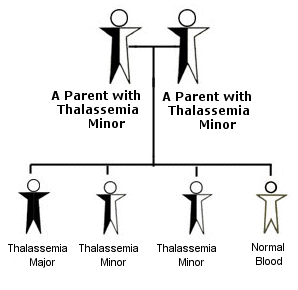
How Thalassaemia trait is inherited
In each pregnancy there is a one in four (25%) chance that their child will have normal blood, a two in four (50%) chance that the child will have thalassemia minor or a one in four (25%) chance that the child will have thalassemia major.
There is too much misery and suffering for a child born with thalassaemia major. The blood transfusion has to start even before the child turns a year old. Babies are subjected to severe pain for four or five hours while being injected for blood transfusion. It is not easy for parents to see their child with needle pricks month after month for life. And, this is not the end. There are other major problems that show up. Girls often do not get their periods, or boys do not grow fully leading to other complications and hardship. That’s why medical termination is advisable.
Dr Mamta V Manglani is Professor and Head, Department of Pediatrics, Chief, Division of Hematology-Oncology at LTM medical College and General Hospital, Sion, Mumbai.


